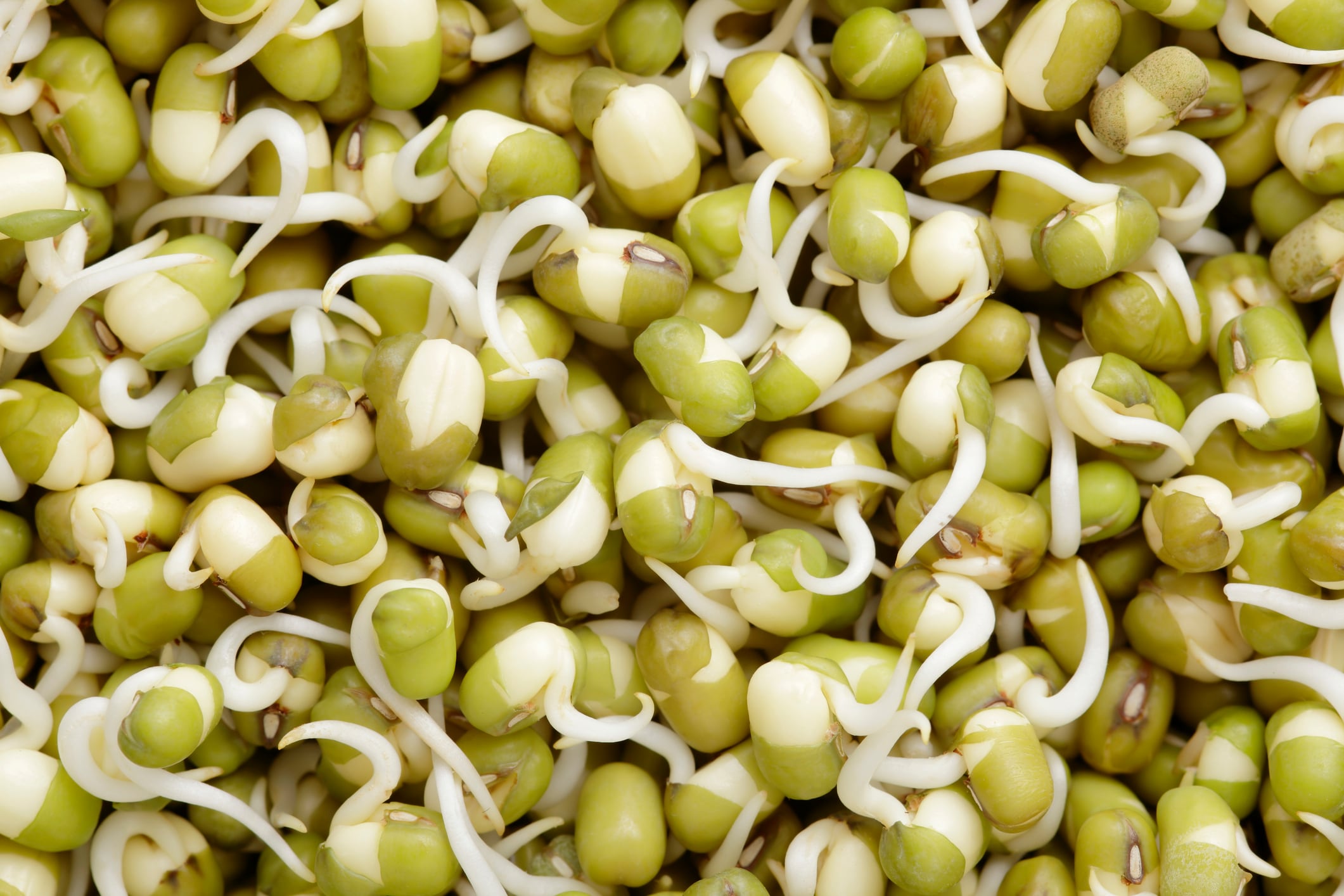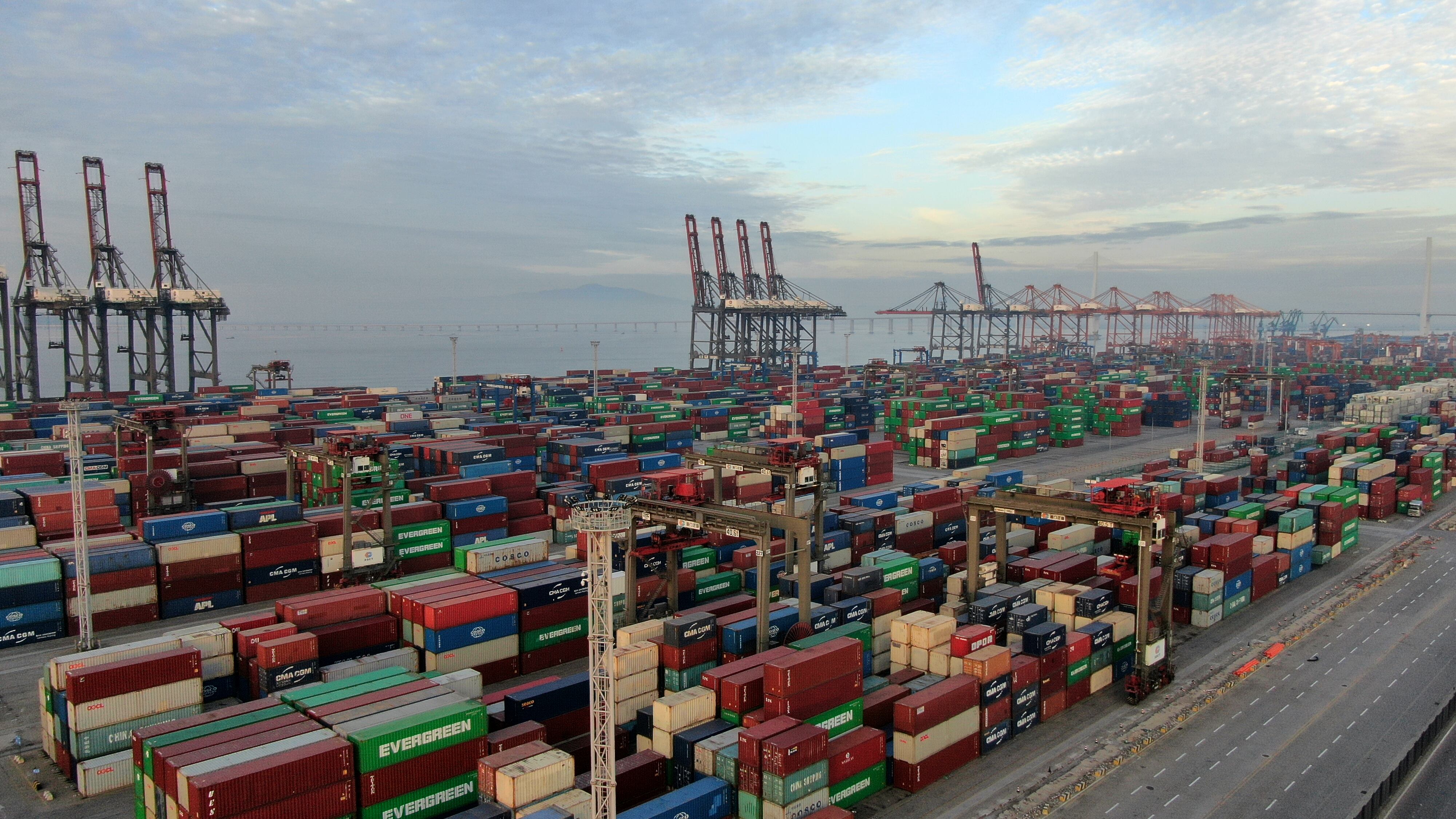Global grain markets are ready to roar back thanks to increases in production, despite the ongoing war in Ukraine and trade tensions, Arnaud Petit, executive director of the intergovernmental organization International Grains Council (IGC), told AgTechNavigator at the World Agri-Tech Innovation Summit in London last month.
The 2025/26 grains season is going have a “very good harvest across the commodities,” including wheat, maize, soybean, and rice, with some crops registering world records, Petit explained. The IGC predicts “a real comeback in terms of global trade of grains” with the 2025/2026 harvest, as demand increases and production hits the market, he added.
However, “the demand is also a bit muted” at the moment, as importers wait for grains from Ukraine, Australia, and Argentina to hit the market, he said.
The price of wheat and other major grain commodities “is a bit down” because of these factors, with prices hovering around 2016/2017 levels, Petit explained. Wheat closed at $218.89 on Oct. 7, down roughly 10.2% for the year-to-date, per Business Insider.
While U.S.-imposed tariffs are creating supply chain challenges, they “are not an export ban, so that means you are not contracting the supply,” Petit said. The grain market is robust and can handle changes in trade flow, minimizing price impacts, Petit explained.
For instance, China is purchasing more soybeans from Brazil now instead of the U.S., he noted. U.S. soybean farmers are feeling the impact of tariffs and these trade flow changes and are seeking a bailout from the government.
Agtech investments are needed to improve the global grain markets
Similar to other segments of the agriculture industry, the grain market is investing in its future through precision agriculture and sustainability tech, Petit noted. Advancements in storage technologies are enabling growers to harvest and then store at the right moment to maximize profits, he added.
These investments must also coincide with a mindset shift in the grains industry, which creates a unified system for tackling climate change and driving future growth, Petit said. “The most important development I see for the future is not a silo approach,” where farms, input companies, and food processors work to develop a unified system, he elaborated.



